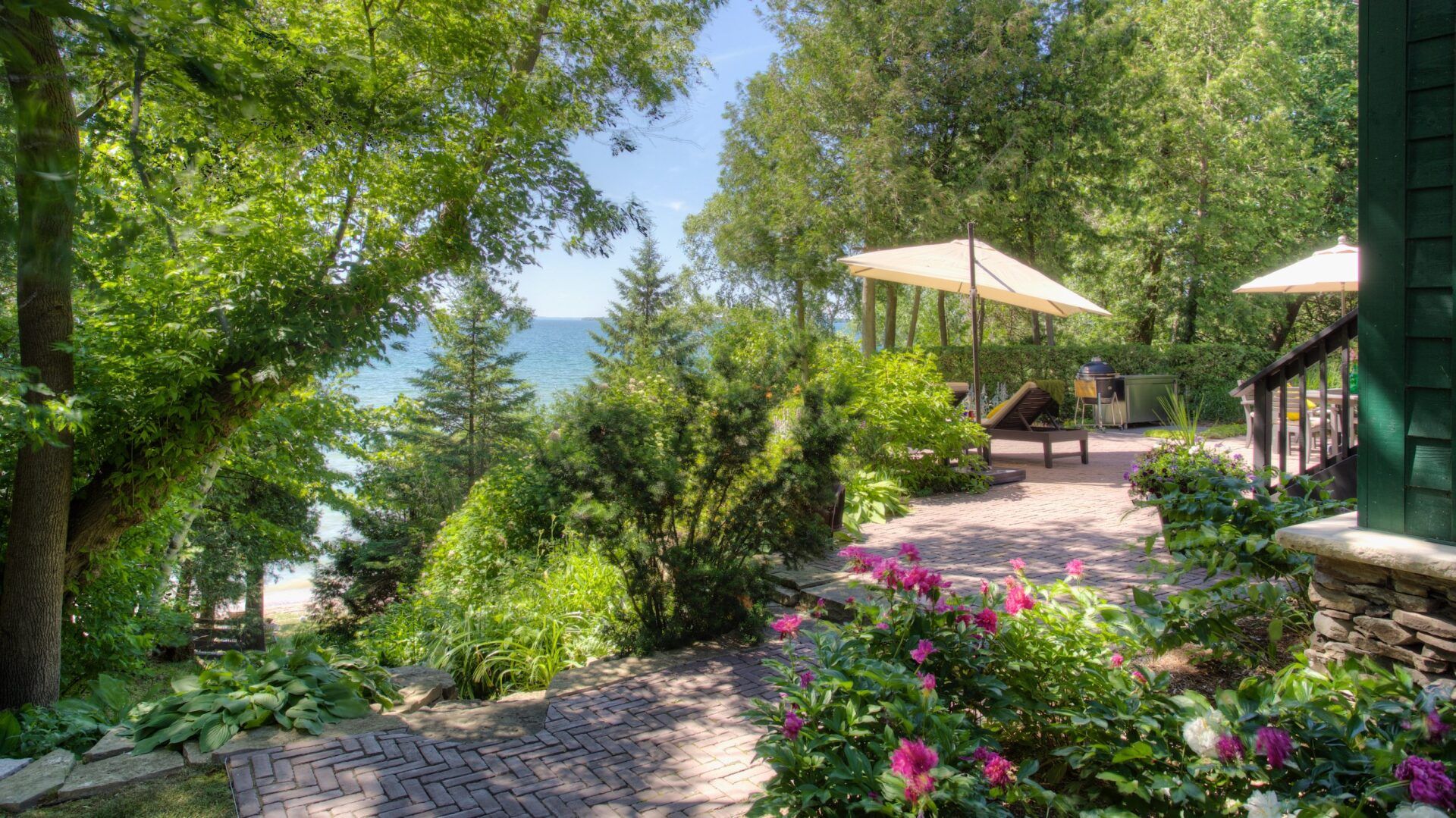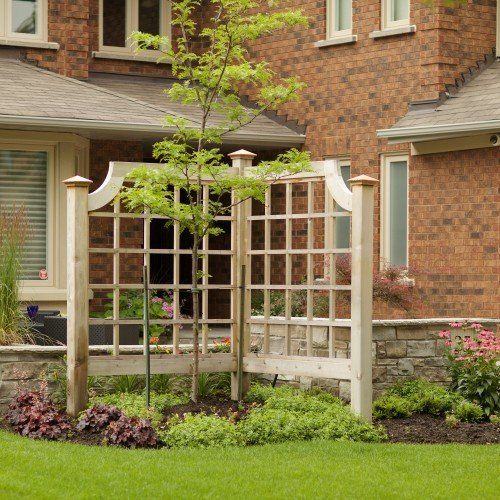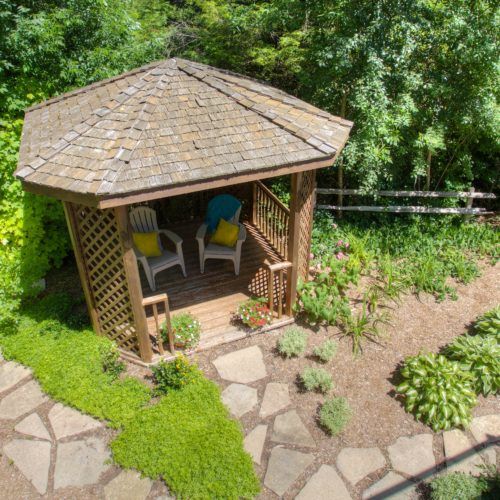Blog
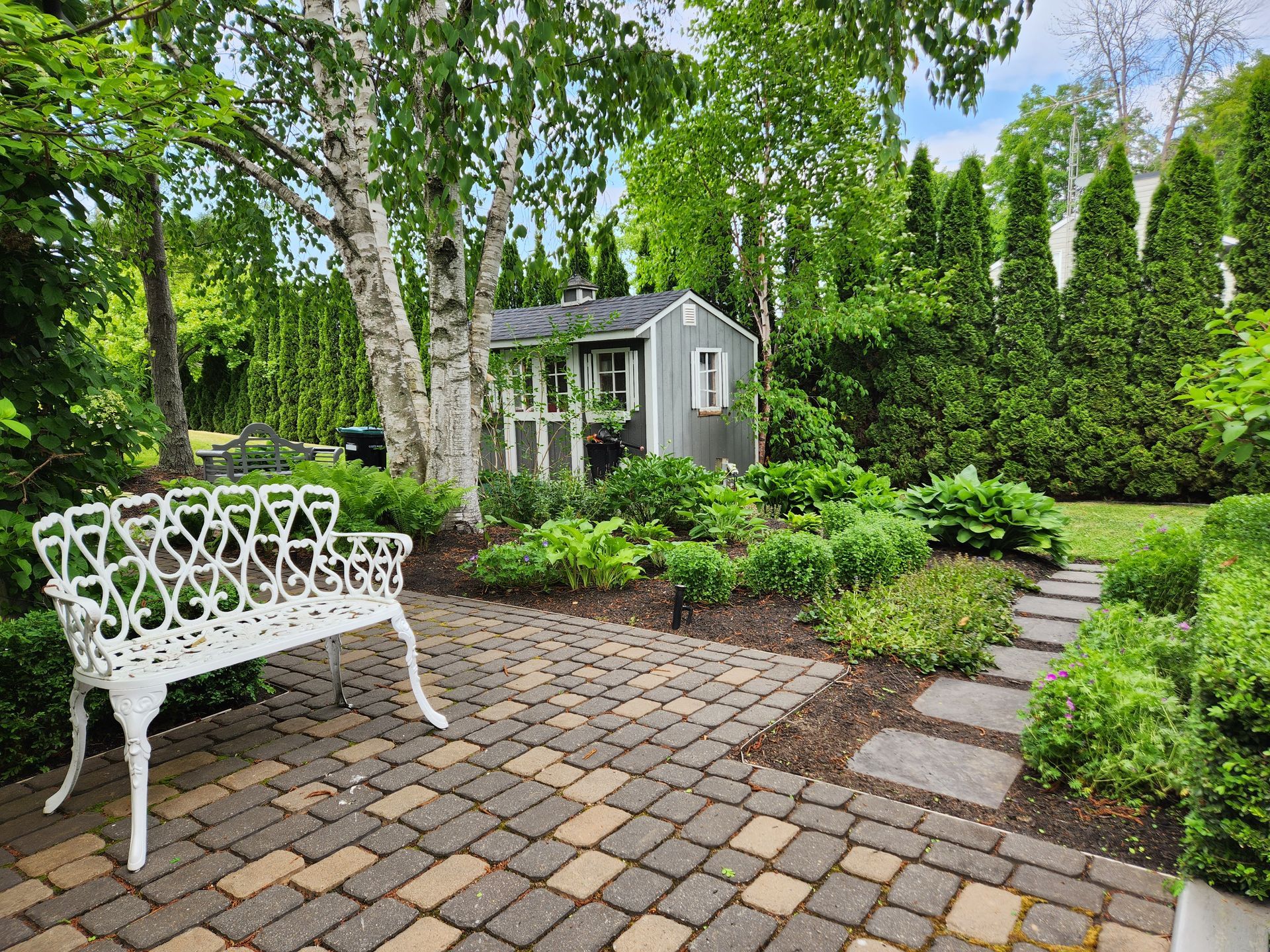
By Joanne Mohan
•
04 Apr, 2024
Gardening is a lovely hobby that offers a mix of both active and passive engagement. The physical activity involved in gardening provides exercise, fresh air, and a connection with nature. Gardens offer a peaceful environment that can transport your mind to another place. Gardening can also provide a sense of accomplishment through small tasks such as watering, attracting pollinators, weeding, watching growth, and enjoying edibles such as herbs and vegetables. Enjoying the process of planting and cultivating a container can be a fulfilling experience, and the sight of blooming flowers and herbs can be a source of passive admiration. When we dig in the soil, it releases a unique and earthy aroma known as geosmin, which is produced by a type of soil bacteria called actinomycetes. This scent is known to have a positive effect on most humans, as it has therapeutic properties such as regulating the immune system and stabilizing serotonin levels, which can improve mood, feelings, and overall happiness. Gardening is a wonderful way to connect with nature and experience the therapeutic benefits of plants and soil. It provides a peaceful and relaxing space to retreat when life gets too demanding. For children, especially, gardening can be an invaluable hobby that they can carry with them throughout their lives. It can offer a quiet and calming space where they can escape from the stresses of daily life, connecting with nature versus their screens. Even if you don't have access to a garden, planting a few containers with select plants can still bring a touch of nature into your life. For example, planting some gladiolas and lavender on your patio, deck, step, or balcony can create a beautiful and fragrant oasis that will attract hummingbirds and other wildlife, providing a lovely connection with the natural world. Our gardens can be sources of food, art, crafts, and resiliency. We can grow an Elderberry shrub, harvest the flowers in May for Elderberry cordial, harvest the berries in Fall for Syrup, and also provide a source of food and shelter for birds and other pollinators. Many of the flowers in our gardens can pressed to offer creativity in petal art, dried for tea, and used as oils in cream making. Join Parklane Living in Orillia for a journey of discovery through classes in petal art, climate-resilient gardens, making a tea garden, and creating your cream. Learn which plants to grow, how to harvest and collect them, and uncover the endless purposeful uses that our plants and gardens can offer. Let us help you unlock the beauty and potential of nature!
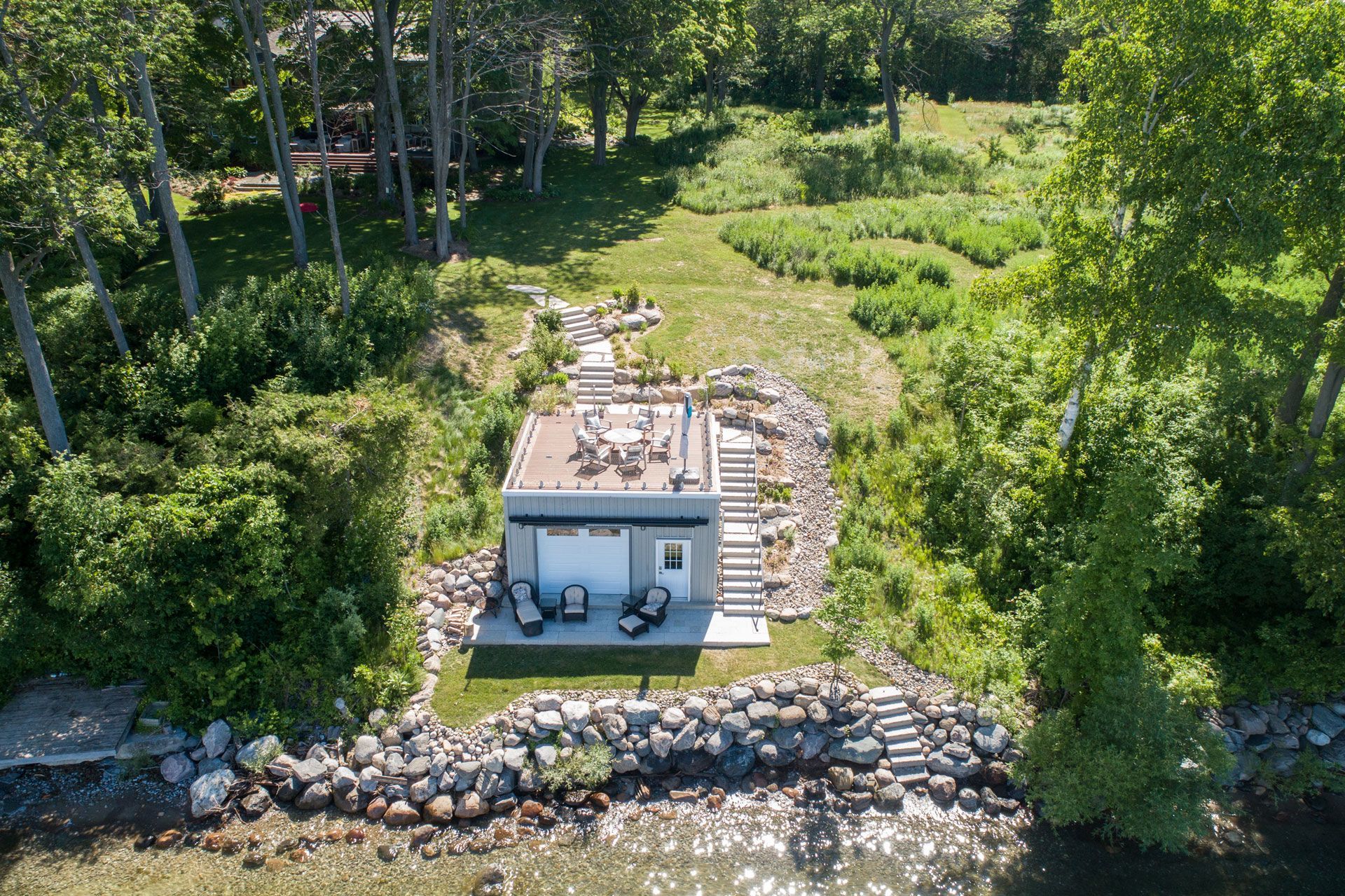
By Joanne Mohan
•
01 Mar, 2024
If you own a property with a shoreline on Lake Simcoe or any of its rivers or tributaries, it is important to remember that the land you own is part of an overall ecosystem. Every property has the potential to enhance or detract from the health of the lake. The Lake Simcoe Protection Plan was established in 2009. It calls on all of us, from Industries to homeowners to do our part to make sure the lake is not only maintained but enhanced so that future generations will be able to enjoy the recreational and ecological benefits of the lake. There are steps each landowner can take when work is required. Such as if the shoreline has experienced damage due to storms, or the shoreline requires an upgrade for accessibility, retention, and protection. These steps are also recommended if purchasing a property that might be on a flood plain, river, canal, or waterfront. It is important, depending on the scope of work to consider the shoreline work before the dwelling and/or septic construction as these can impede access to the shoreline and setbacks from the waterfront may be required. Consideration must be given to the ‘timing window” to protect fish habitat and spawning activities. This can be restricted to specific times of the year. (See Fisheries & Ocean Canada). Each property may have different regulations as per the geographical location. Consider these next steps: · Check if your property is Conservation Authority regulated or regulated under the Ministry of Natural Resources and Forestry. Each authority in this region has GIS mapping for regulated areas. · Need assessment – shoreline restoration, boat house, patio area, deck, stairs, boat access, etc. · Buffer zone restrictions vary according to municipality and water body. · Prepare design and application form for permit approval while also considering budget and realistic timelines for the application process. · Additional environmental studies may be required depending on the scope of work. · Apply for a permit with associated fees to the Conservation Authority or municipality. Many conservation authorities and municipalities offer pre-development consultations to discuss plans for development on a site or shoreline and will offer the required information for each lot. Contact us at Parklane Landscapes or another qualified and experienced company that will coordinate with the relevant authorities to achieve a balance between the needs of the property owner and the protection of our waterways and environment such as naturalized shorelines incorporating native plants.
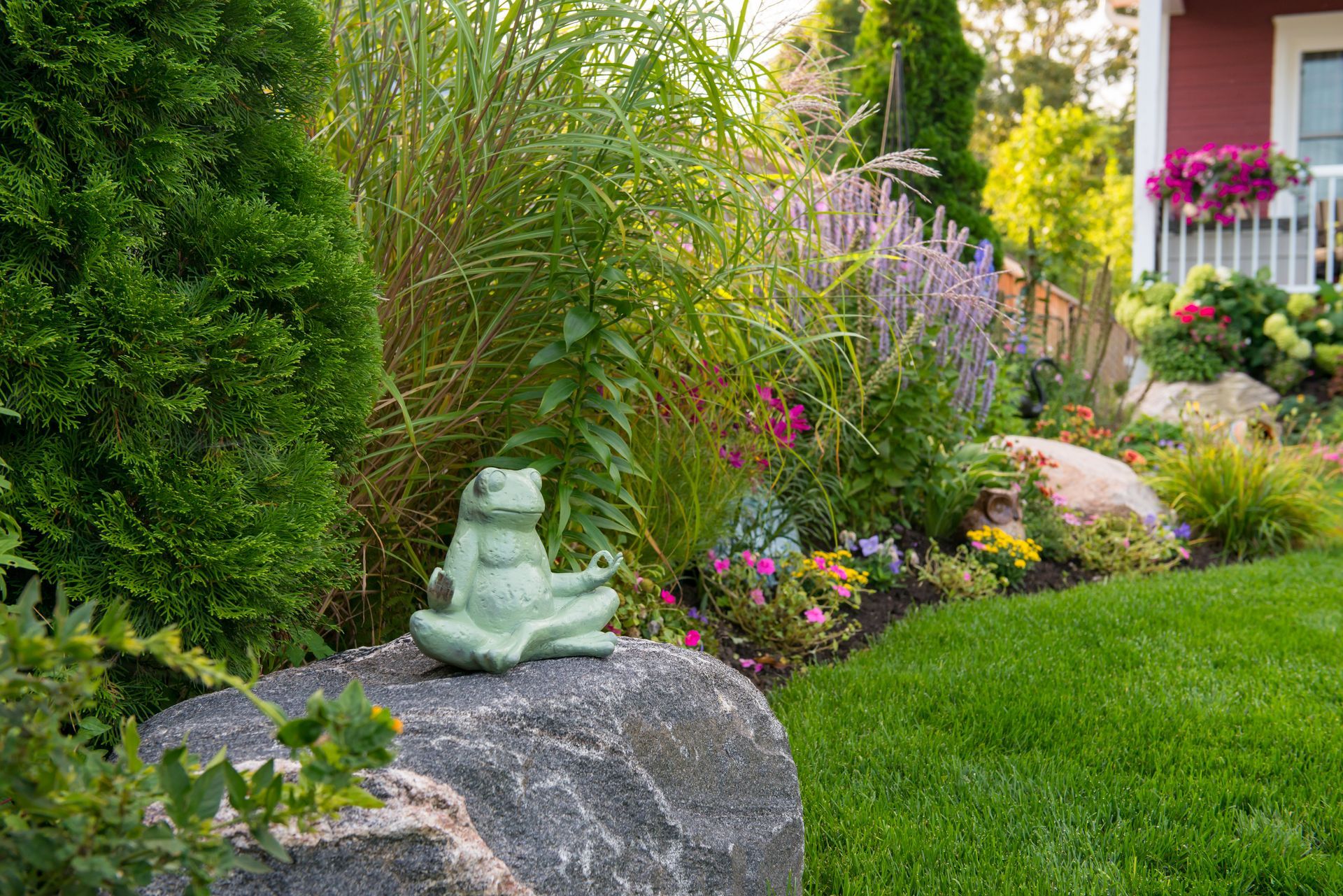
By Joanne Mohan
•
01 Feb, 2024
The essence of this statement rings true for our plant community as well as us humans. Research has shown that plant life has developed this mutual aid process over time to support and protect the wider community in the natural ecological system. This “Wood wide web” first researched by Dr. Suzanne Simard, a Forester and ecologist based in British Columbia, describes an underground communication system between trees within a forest. The trees, plants, and fungi communicate through an underground fungal network called mycorrhizae to help each other and protect the overall health of the forest. This information transfer happens when there are weaker members of the forest community requiring nutrients from stronger members. Also in distress situations, plants were observed to send out chemical distress signals down the network warning the colony against imminent danger and allowing the community the chance to guard themselves in time. This fungal network shares the resources of the soil by carrying the nutrients through a system of hyphae connecting the trees and in return receives a food source in the form of carbon-rich sugars. This web system encourages the protection and sustainability of the forest, each tree is aware of its role as an individual and its role in the ecological community of the forest. This hypothesis offers an interesting approach to the ecological community of our gardens. Just as all our water sources are connected through tributaries, streams, rivers, and lakes, our gardens can also be an ecological web system. For this reason, planting native trees and shrubs on our properties creates a network that is compatible with the local environment therefore optimizing its resilience to climate change. A native mix also provides food and shelter for our native, bees, birds, and animals. Native plants can support 10-50 times as many species as non-native plants. Planting our gardens with the right trees and shrubs, perennials and groundcover helps to stabilize soil, prevent erosion, provide biodiversity in your garden and community, provide growing areas for vegetables etc, creating more shade to cool our urban environment, and helping clean the air, while offering us a restorative space to relax and engage with nature. We incorporate native plants into all our garden designs, choosing the right plants for patio areas, rain gardens, lawn alternatives, and all garden spaces. Creating these ecosystems with the right plants can be sustainable and beautiful. If you are planning your garden for 2024, consider some native plants this year. No matter the size, whether it is a large garden or one container on your deck or balcony, they will reward you. They require, less watering and maintenance, less fertilizer, and no pesticides. If we all incorporate some into our gardens, we will all benefit in the future. If we think of our garden as a tree in the forest we can understand how to connect nature through our community as living corridors providing a healthy community for our future.
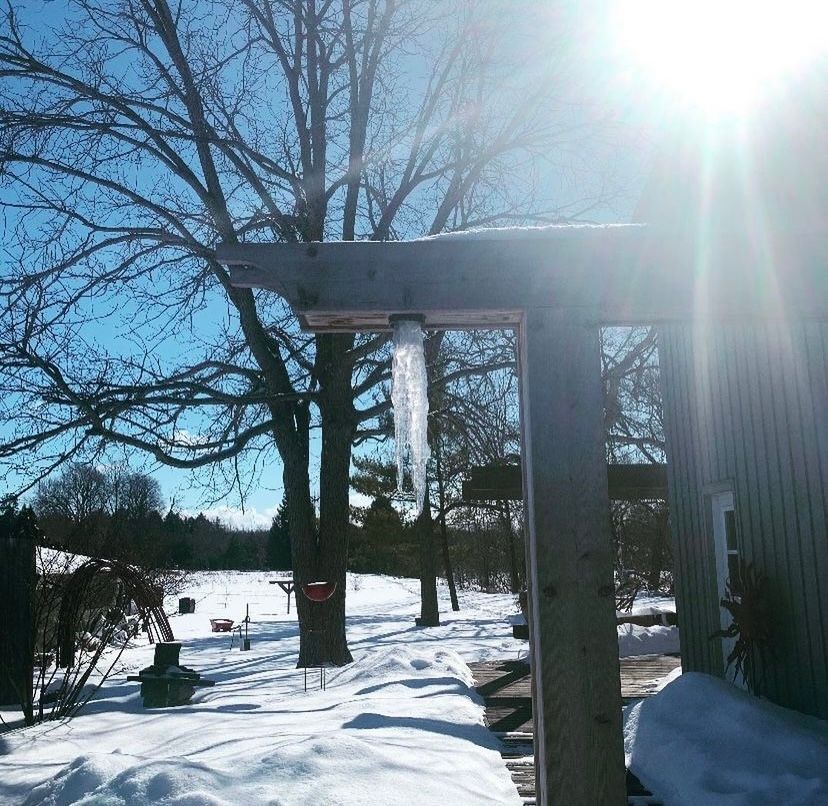
By Joanne Mohan
•
01 Jan, 2024
Gardening is a practice of managing expectations, anticipating outcomes, and cultivating hope. This resonates in an old rhyme for seeding, “One for the mouse, one for the crow, one for the ground, and one to grow”. Gardeners know that as you invest time and energy into each plant, you will forego some to the small critters, some to the birds, and some to the soil. We understand that gardening as a process is far more beneficial and therapeutic than outcomes and results. We work with a lot of gardeners, from experts to beginners and we are always learning new ideas to improve our gardens and their resiliency. There are many types of gardeners and regardless of the style, we all experience our gardens as somewhere growth and hope are nurtured. We anticipate the next season when the first snowdrops will peak out, and hope for an early summer peony bloom, long-lasting hydrangea and finally embracing fall when the burning bush turns flame red. This growth and perpetual cycle inspire and encourage every gardener to continue each season and year. A garden, no matter the size, can present a soothing space to reflect and appreciate. The demands on a gardener can be to weed, water prune, and then sit back and enjoy their effort. Spending time with plants and watching them perform through the seasons is restorative. Gardeners rarely feel guilt or anxiety resting in the winter months as they know Spring is coming. As we walk around our gardens in the low light of December and January, we can remember what performed effortlessly and what struggled through the seasons. The gardener embraces the winter months as a time to reflect and plan. The winter offers time to research and consider areas of the garden that might be ideal for a change in purpose, changing lawn areas to mulch with seasonal bulbs, planting a thyme lawn, adding in some trees, or a compost area. Maybe a rain garden, a permeable patio, or raised planters? Gardeners see the winter months as a chance to catch up on reading and learning old and new ideas. As these winter months descend in our gardens, we remember Spring is coming and we thank all the gardeners out there for your hands in maintaining green spaces, planting trees and shrubs, choosing native when possible, reducing non-permeable surfaces, leaving an area unkempt for wildlife, and participating in a global effort to become more climate resilient enhancing our biodiversity one garden at a time.

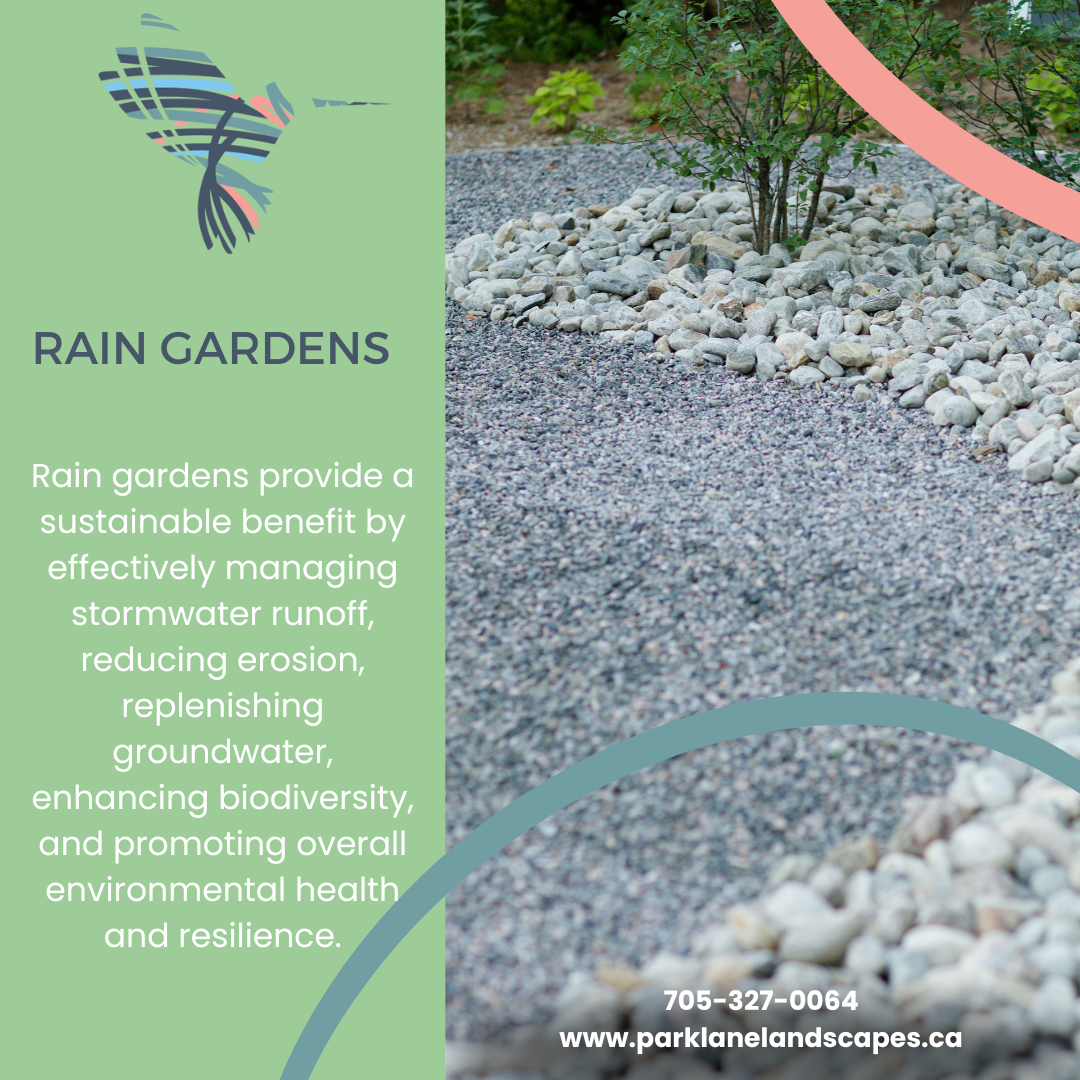

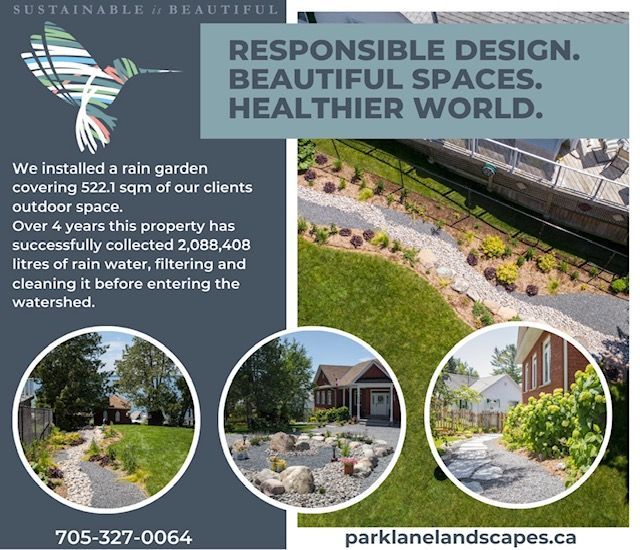
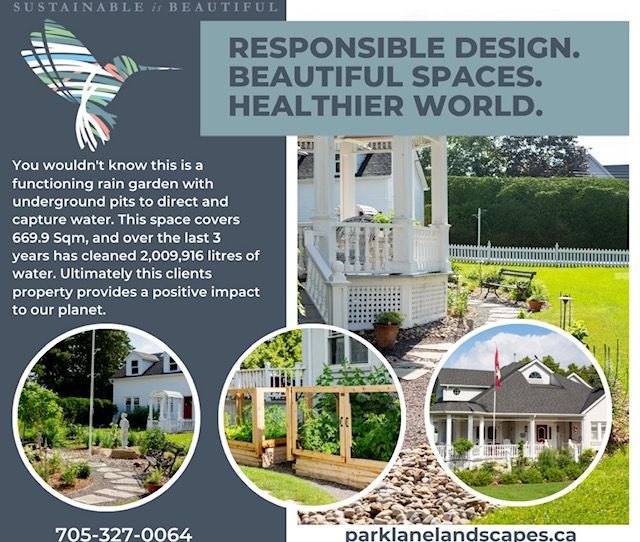
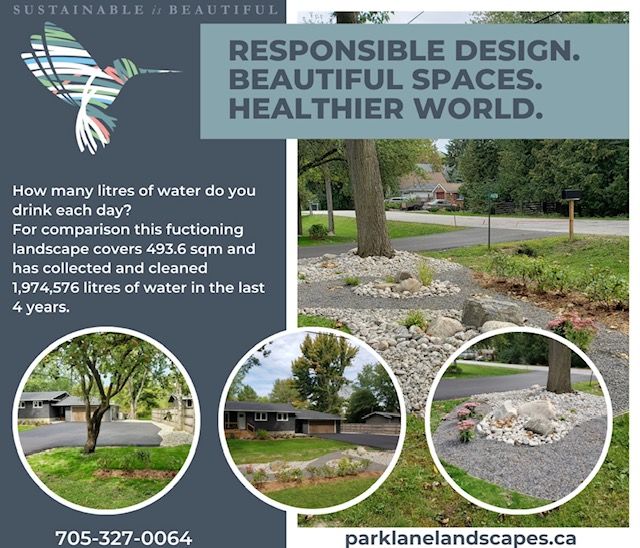

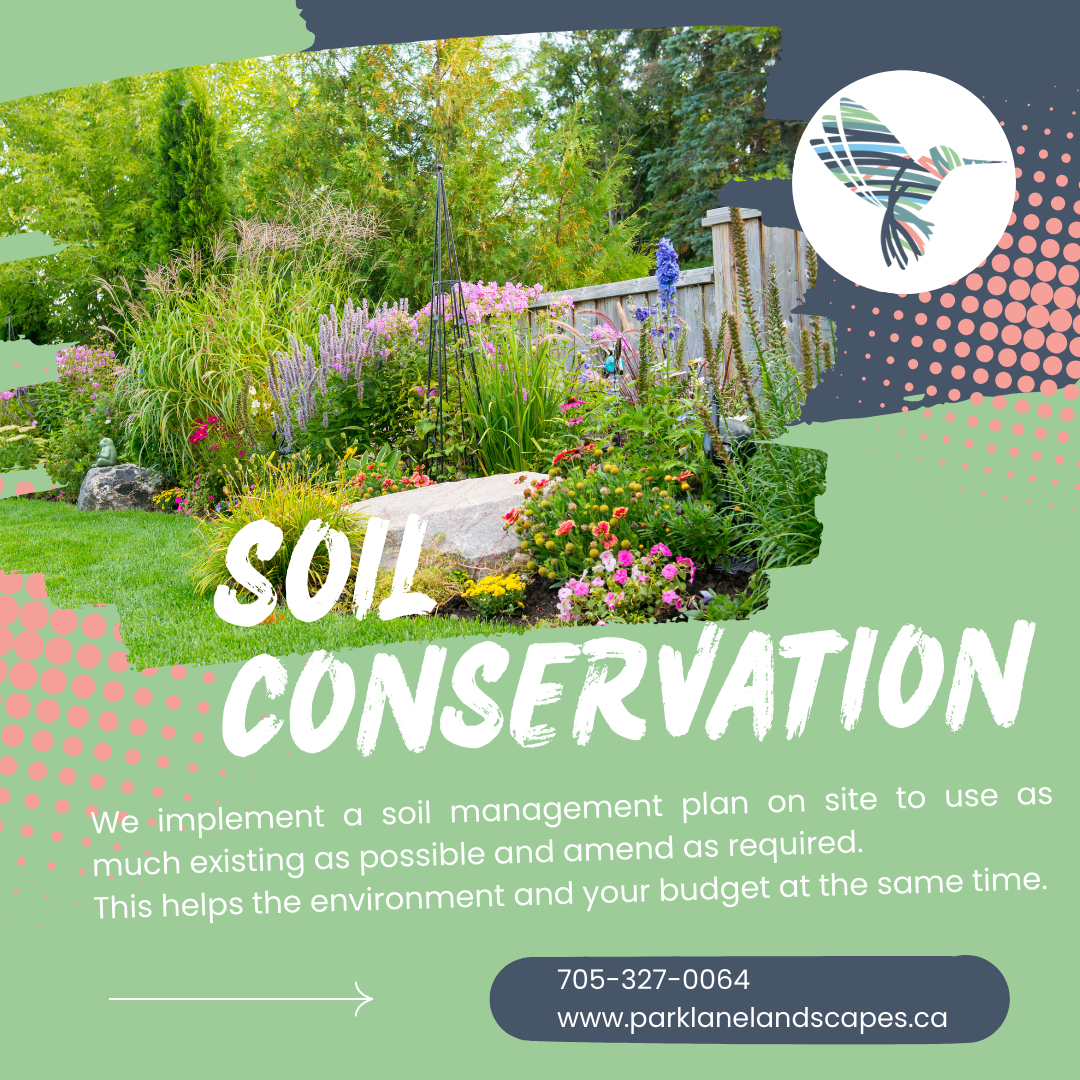
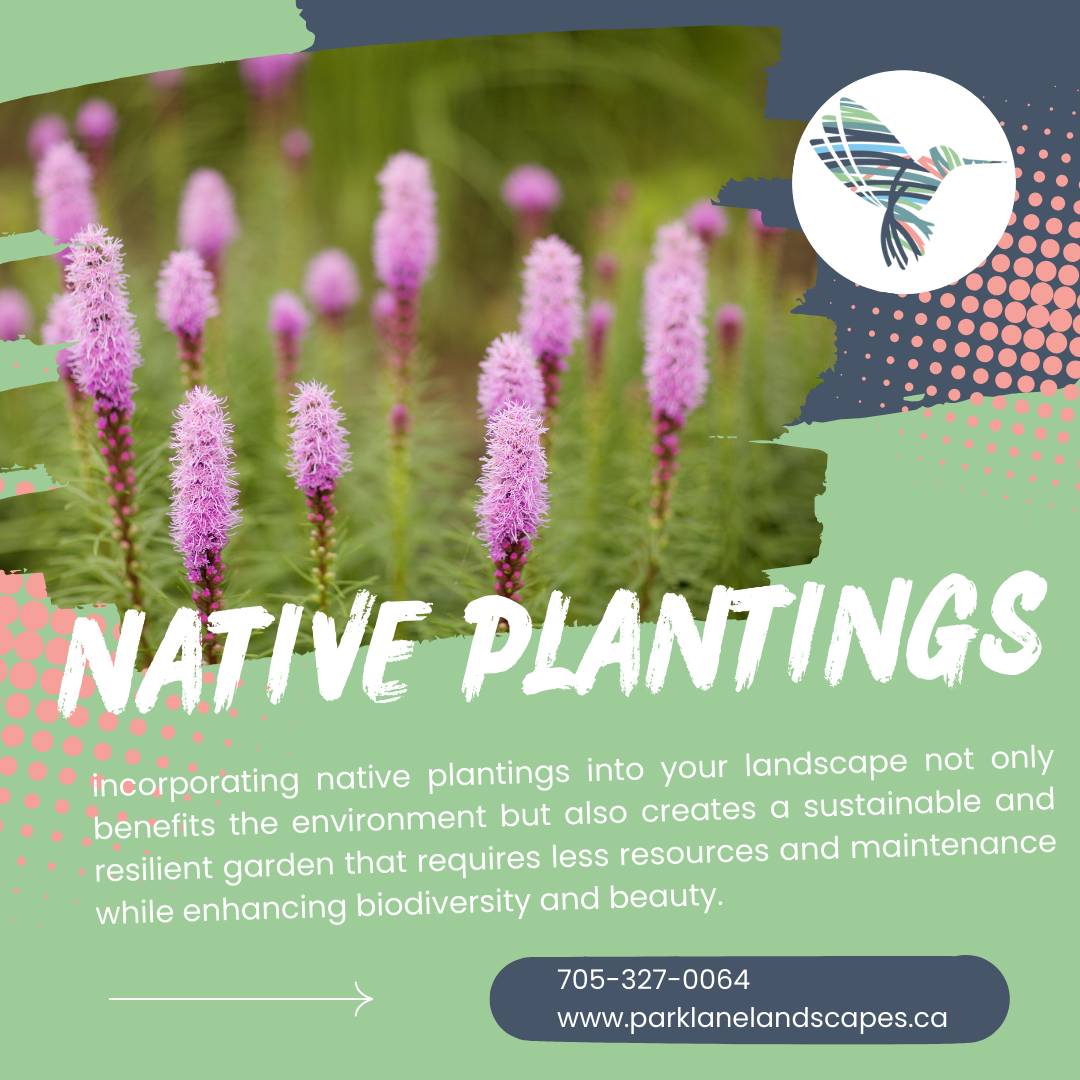

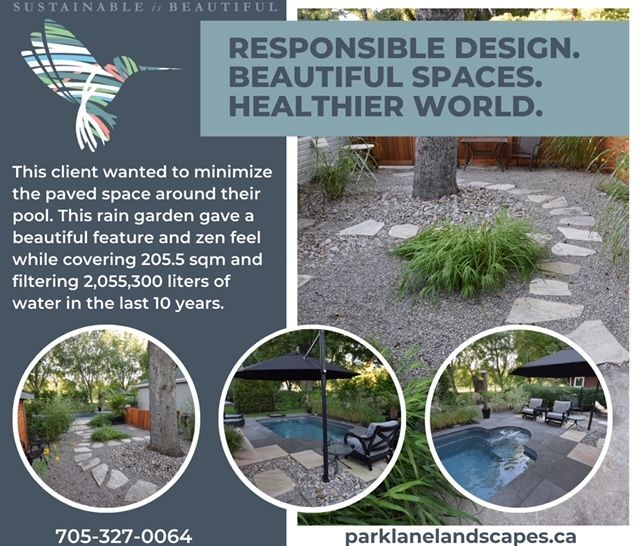




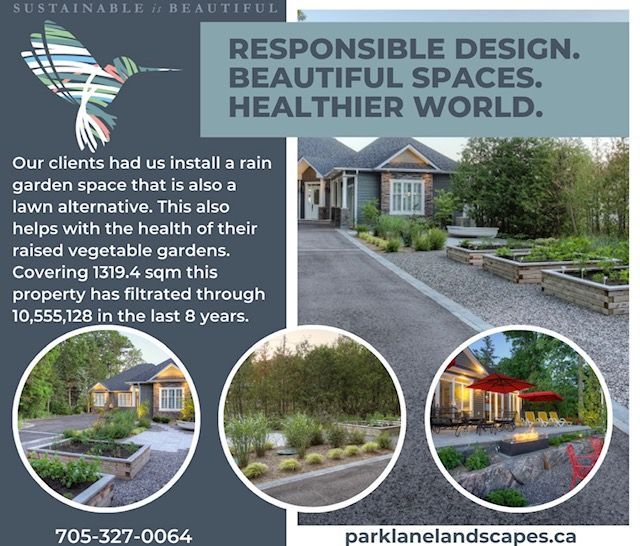
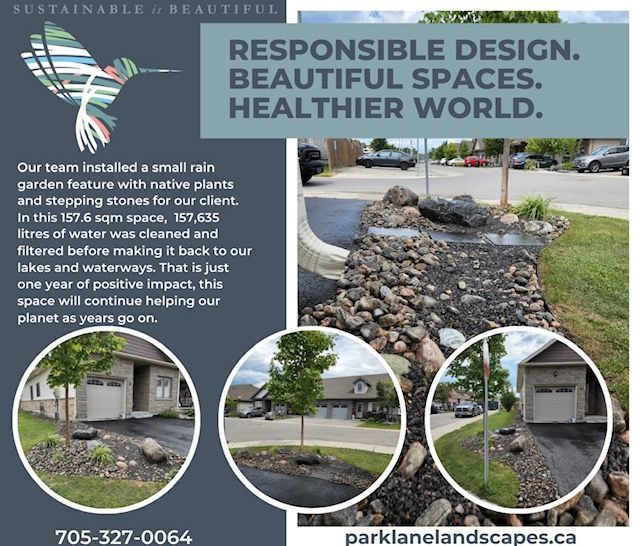







Mailing Address:
P.O. 365, Orillia, ON, L3V 6J8
Delivery Address:
250 Matchedash St. South, Orillia ON, L3V 4X2
Phone Number:
1-705-327-0064


parklanelandscapes
Step into our dynamic world of landscape innovation!
As pioneers in sustainable design and construction, we've been shaping outdoor spaces for over six decades with unparalleled expertise in horticulture and landscaping.
Join us as we transform ordinary landscapes into extraordinary, eco-friendly havens that captivate the eye and nurture the soul.
With us, every project is a thrilling adventure, where sustainability isn't just a goal – it's our passion!
© Copyright 2024 PARKLANE LANDSCAPES


